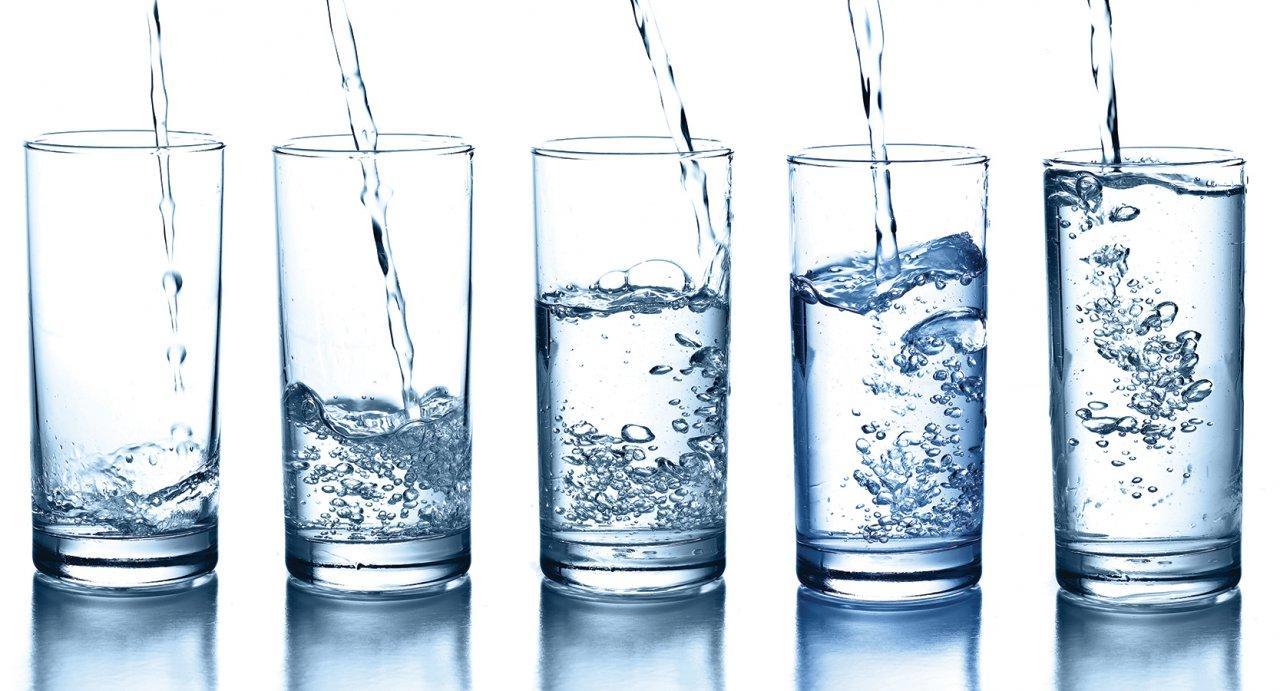Spring is undeniably exciting. This eloquent season carries in its arms the promise of new life. That which fell into the deep slumber of winter is beginning to awaken. It is a turning point, when stagnation is at its end and it is time to sweep the stuffiness of the passing term out through the open doors.
The popular expression “spring cleaning” is utilized most often when it concerns the house, garage, or yard. Getting rid of the old and dirty and replacing it with the new and clean is the general practice. While these conventions regarding material objects are certainly good for one’s state of well-being, there is an implementation that is of equal, if not greater value. That is namely, a cleansing of the body.
Just as winter denotes a general atmosphere of sluggishness, tiredness, and heaviness, so can toxic overload in the body. Symptoms such as lethargy and a lack of energy for activities, a poorly functioning digestive system, and a noticeable decline in skin appearance, can all signify elevated levels of harmful elements in the body.
Transitioning to a condition of increased toxicity seldom happens quickly. Rather, it is a slow process, a gradual build up over time, with not just one single contributing agent. There are several sinister sources that work together to create the messy state of disorder that can gain dominion in the body. One of these factors is our environment.
While it is true that many of the components that exist in our surroundings are beyond our control, such as pollution in the air, or chemical compounds used in public areas, what we use in our own homes is not.
Kym Riley, owner of yoga and general wellness studio Mindful Movements in Belleville, consults with clients regularly about these concerns. In regards to the issue of environmental toxins her foremost question to them is: “What are you using in your home to clean?” The large majority of cleaning products that fill the shelves at our stores contain chemicals that are detrimental to the body. We inhale them, or they enter our system through our largest organ, the skin. Some amounts of noxious substances can be adequately filtered, but too much exposure can put our liver on overdrive.
An effective solution Kym suggests is using organic methods and ingredients to make disinfectants. There are a host of essential oils that can be powerful replacements for their chemical counterparts, and Kym frequently refers to the expertise of an aromatherapist for recommendations. In addition, natural components like vinegar, and baking soda, can be valuable cleaning agents.
Another source of toxins that can weigh the body down is in the food we ingest. Kym describes it like this: “A successful detox in your body really starts with what you eat and drink. One thing you can do is to eat more organic fruits and vegetables. Cut back on sugar, caffeine, alcohol, and any processed food. Another thing is to drink more water. Most of us now have purified water, or we’re using water that’s distilled, but it’s really important that we’re drinking good water as well.”
After much research, Kym has compiled an A-to-Z list of prime detox superfoods that assist in the regulation of digestion and elimination. This collection, which is by no means exhaustive, includes apple, artichoke, asparagus, broccoli, carrot, cranberry, fennel, garlic, ginger, lemon, olive oil, onion, parsley, quinoa, rice, salad greens, seaweed, tomato, watercress, and yogurt.
The final contributor to the overburden of our systems is our lifestyle, specifically concerning relaxation and exercise, which are, as it happens, conjoined. The key to elimination in this area is sweating. This is an ingenious, if not entirely pleasant, way for the body to eliminate pollutants; however for as easy as sweating may sound, there are many who have difficulty achieving it. In the majority of cases the inhibiting culprit is stress.
“I have found that the connection between the body and mind is huge,” says Kym. “Combining exercise for the body, and practices for the mind, like meditation, breathing, and visualization – calming techniques that are going to relax your nervous system – actually will help to bring on that response of being able to sweat and be more healthy because you’re not as tense. Your body is letting it go.”
By combining these healthy components and making them all work together, spring cleaning can be a sparkling success.
“Getting balance, getting optimum health,” Kym explains, “means you’re going to be sleeping better. Your digestion’s better. You look better. You’re able to fight infections and disease. You’ll be a happy camper after that!”



